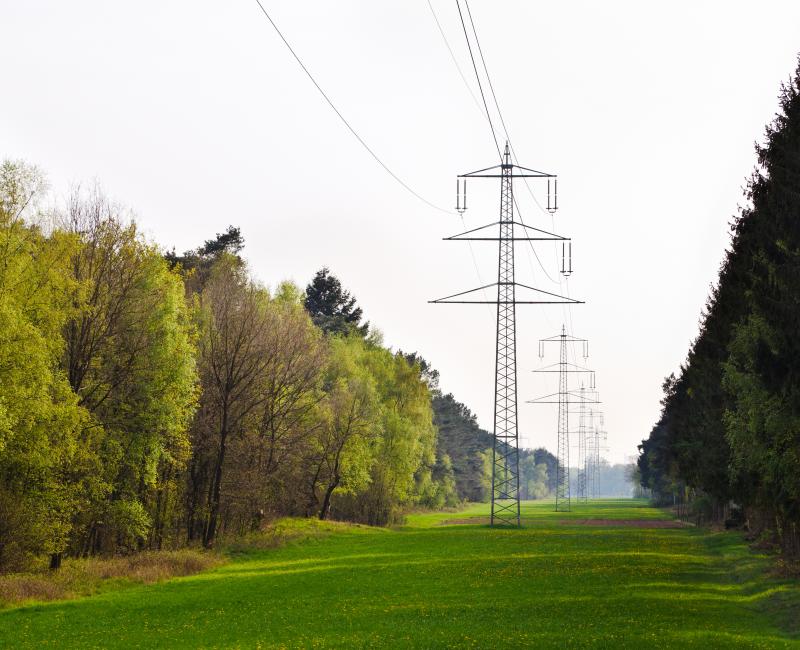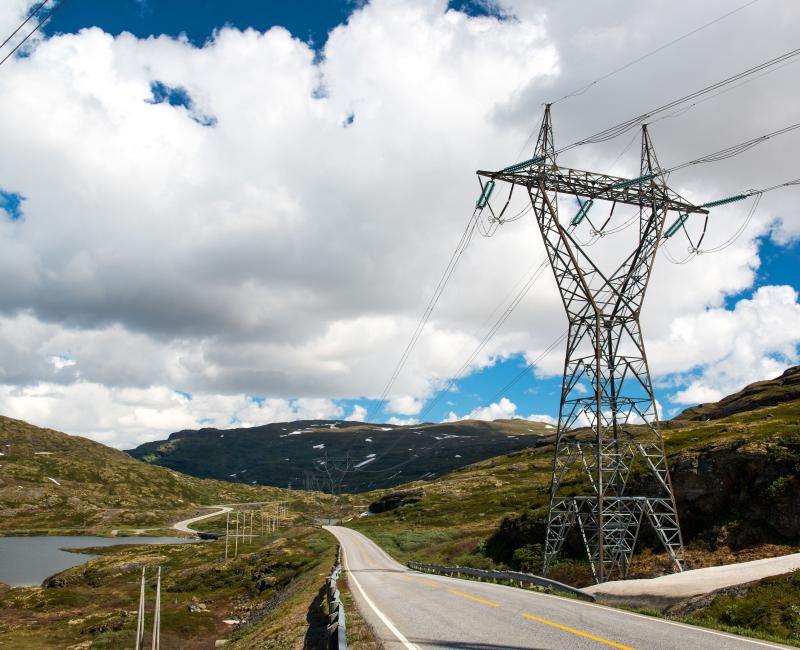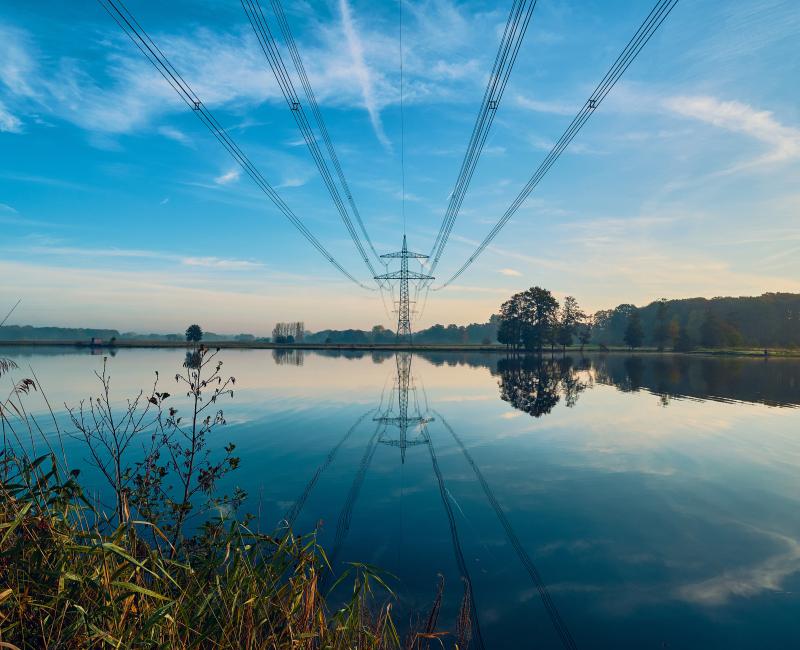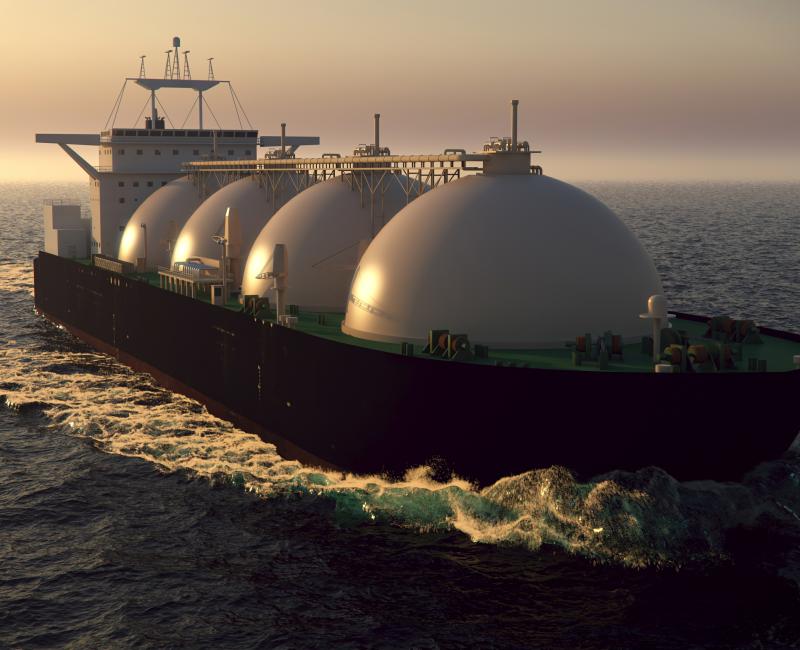ACER calls for improvements to the proposed Latvian gas transmission tariffs
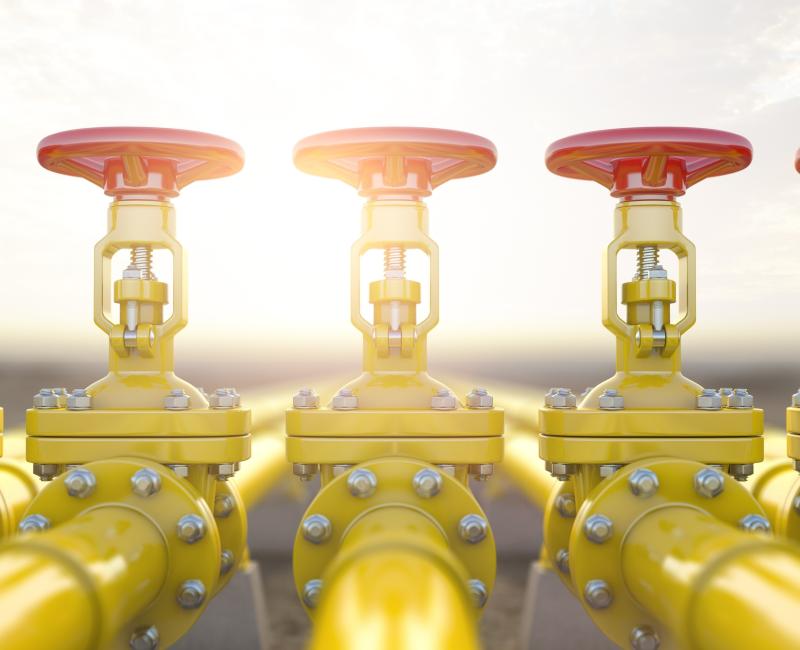
ACER calls for improvements to the proposed Latvian gas transmission tariffs
What is it about?
ACER publishes today its report on Latvia’s proposed gas transmission tariffs.
What is in the report?
ACER assessed the proposed methodology to calculate the gas tariffs, including:
- The tariff structure applicable to Latvia as a result of its participation in the merged market zone between Finland, Estonia and Latvia (FinEstLat); and
- The tariffs applicable to domestic exit points of the Latvian network and to the Latvian exit point to Lithuania.
What are ACER’s main findings?
The public consultation of the Latvian national regulatory authority, the Public Utilities Commission (PUC), is missing certain information required to be included in the consultation according to the Network Code on Gas Transmission Tariffs.
ACER recommends that PUC improves:
- Assessment on cross-subsidies resulting from the FinEstLat market merger;
- Calculate the exit tariff to Lithuania using the proposed reference price methodology; and
- Apply capacity-based tariffs at domestic exit points.
Access the ACER report on the Latvian gas tariffs.
Access all ACER reports on national tariff consultation documents.

